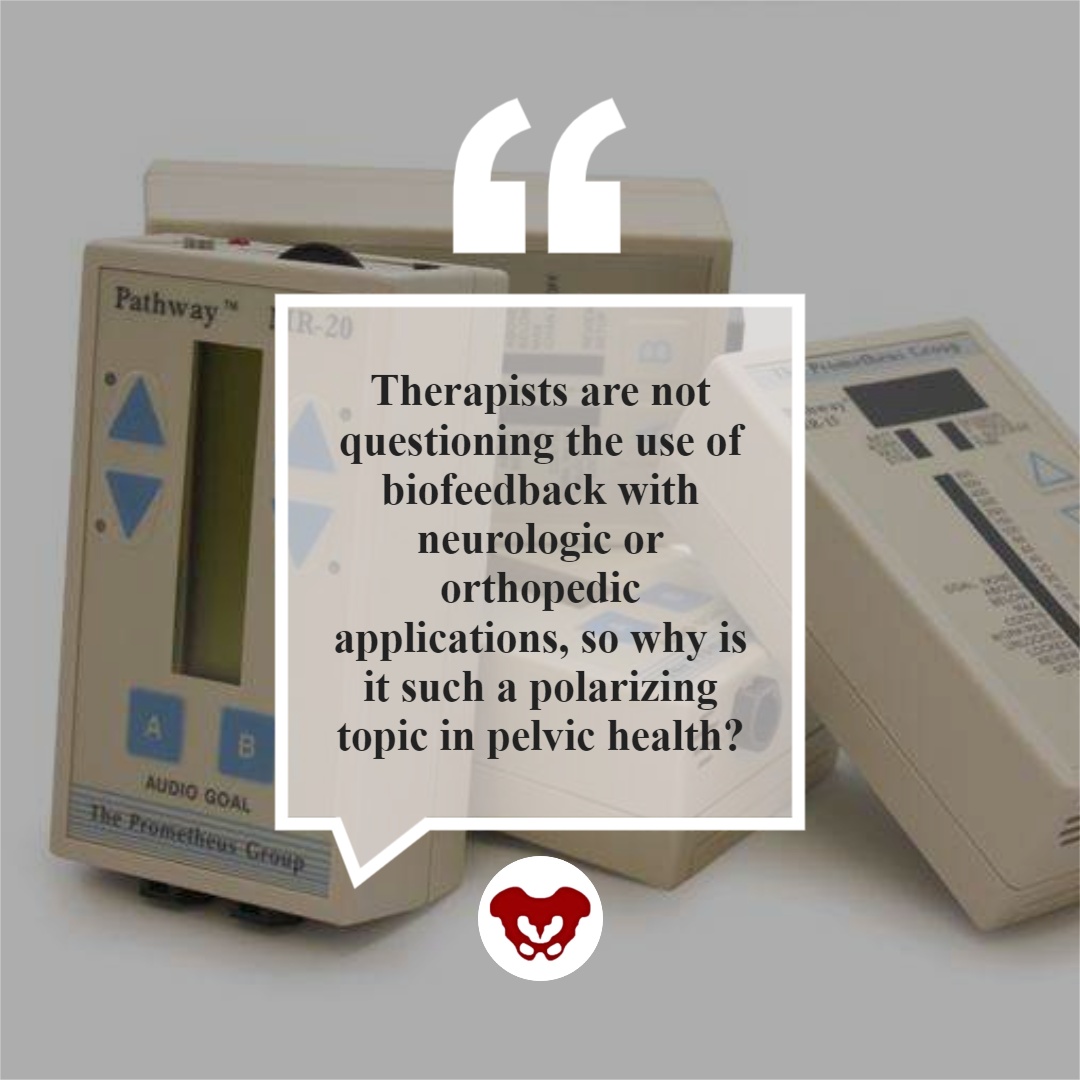Harnessing the Potential of Biometric Feedback to Revolutionize Persistent Discomfort Control and Improve Standard of Life
Harnessing the Potential of Biometric Feedback to Revolutionize Persistent Discomfort Control and Improve Standard of Life
Blog Article
Persistent pain is a condition that impacts millions of individuals across the world. It can be triggered by multiple elements, including injuries, diseases, or even stress. For many patients, controlling chronic pain can be a daily struggle that affects their quality of life. Conventional treatments often include drugs, physiotherapeutic therapy, and sometimes surgery. However, these methods do not always offer the relief that patients desire. Lately, biofeedback has surfaced as a promising alternative for controlling chronic pain and improving overall well-being.
Biofeedback is a technique that educates individuals how to control certain bodily functions by utilizing indicators from their own bodies. This approach involves employing sensors that monitor physiological functions such as heart rate, muscle tension, and skin temperature. By offering immediate feedback, patients can learn to identify their body's responses to pain and stress. This consciousness allows them to formulate strategies to manage their pain more efficiently. For instance, if a patient notices that their muscle tension rises when they are in pain, they can utilize relaxation strategies to help reduce that tension.
One of the primary advantages of biofeedback is that it empowers individuals to take an proactive role in their pain control. Instead of relying solely on medications or treatments from healthcare providers, individuals can learn to understand and regulate their own physiology. This feeling of control can lead to enhanced confidence and a more optimistic outlook on life. Many patients indicate feeling more in charge of their pain and less like sufferers of their condition. This change in mindset can substantially enhance their quality of life.
Research has shown that biofeedback can be beneficial in alleviating chronic pain indicators. Studies suggest that individuals who use biofeedback techniques often experience less pain and improved physical function. Additionally, biofeedback can help reduce anxiety and stress, which are common issues for those dealing with chronic pain. By addressing both the physical and emotional Extra resources aspects of pain, biofeedback offers a comprehensive approach to pain management. This integrated method can lead to superior outcomes for patients, allowing them to engage more completely in their daily activities.
In conclusion, biofeedback is a valuable tool for transforming chronic pain management. By teaching individuals to understand and control their physiological responses, biofeedback empowers individuals to take control of their pain. This approach not only helps reduce pain but also improves overall standard of life. As more people seek alternatives to traditional pain management methods, biofeedback stands out as a potential solution. With continued investigation and recognition, biofeedback could turn into an integral part of chronic pain therapy, helping patients lead more fulfilling, more fulfilling lives.